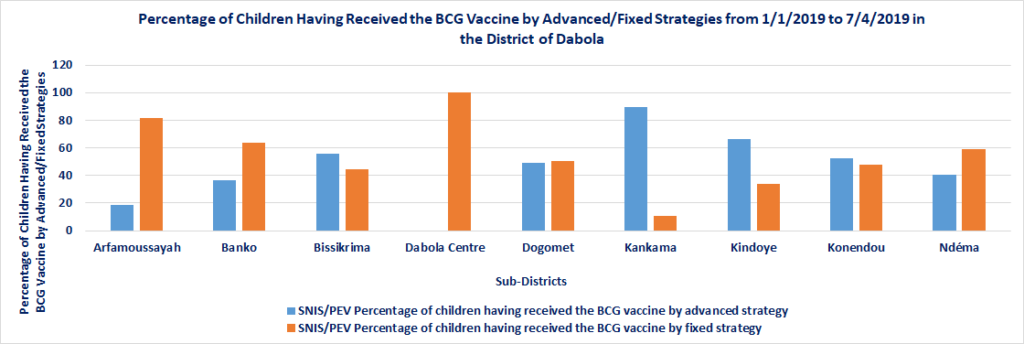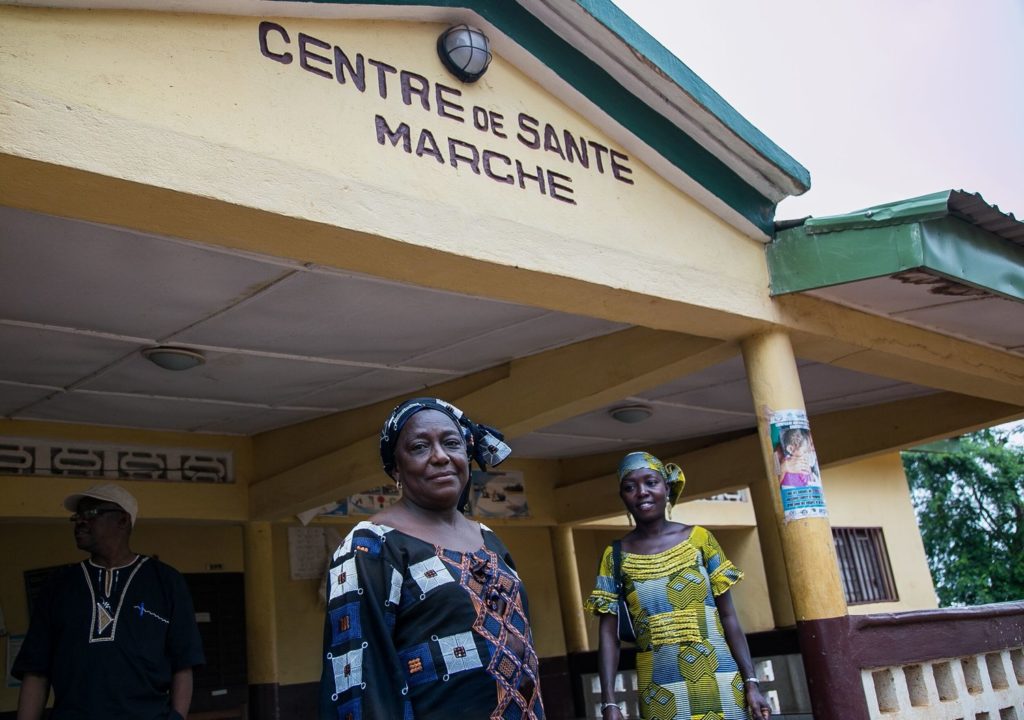GOFR-Connect: Unlocking Subdistrict Data In Guinea
July 31st, 2019 | viewpoint
Originally posted by Digital Square on July 29, 2019.
Jean Mory Millimono sits in an office at the Regional Health Directorate in Faranah, Guinea. As a Statistics Manager, Jean works with data to better understand the health of more than 900,000 people in his region. He uses the data available to him through Guinea’s health information management system—District Health Information Software 2 (DHIS2)—to better understand the health services and needs of these communities. However, until recently, data in DHIS2 could only be analyzed at the regional, district, and health facility level, keeping Jean and his counterparts in other sub-districts from effectively monitoring health indicators and comparing the performance of facilities within the same municipality.
In July 2018, a project of the Guinean Ministry of Health called Global Open Facility Registry-Connect (GOFR-Connect) began working to improve procedures and tools to help manage the Guinean health information system and its health facility registry in particular. Implemented in partnership with RTI International and JSI Research & Training Institute, Inc. (JSI), with funding from Digital Square, GOFR-Connect began work on the GOFR Reconciliation Tool: developing requirements, testing the tool, and training ministry staff. GOFR-Connect also developed a manual on how to strengthen the management of the facility registry and analyze facility data to contribute to the Ministry of Health’s planning.
One of GOFR-Connect’s important activities was to update DHIS2 to allow data to be analyzed at the sub-district level, making it more accessible and useful to statisticians like Jean. Project staff worked with the Ministry of Health to collect health facility information by sub-district, district, and region. These data were compared to existing central-level data and then integrated into the DHIS2 organizational hierarchy.
“The integration of sub-district data into DHIS2 improved my ability to enter, compile, and analyze reports down to the sub-district level,” stated Jean.
Statistics managers like Jean can now compare health program strategies and outcomes across sub-districts. In the Dabola district, the percentage of children receiving the BCG vaccine for tuberculosis through fixed and advanced strategies were compared, which is just one example of the type of analysis now available (Figure 1). Comparing a fixed strategy (where vaccines are provided at a standard location like a health center) to an advanced strategy (where health workers bring vaccines to remote locations) can help districts understand how effective each strategy is in reaching children with vaccines and which communities benefit from one strategy over another.

This type of analysis can now be performed by health workers in every region and district in the country. In the long term, Jean believes the DHIS2 will facilitate the decentralization of data entry to health center level and will help ease the burden on district statistics managers like him.

By Daniel Cothran
We strive to build lasting relationships to produce better health outcomes for all.